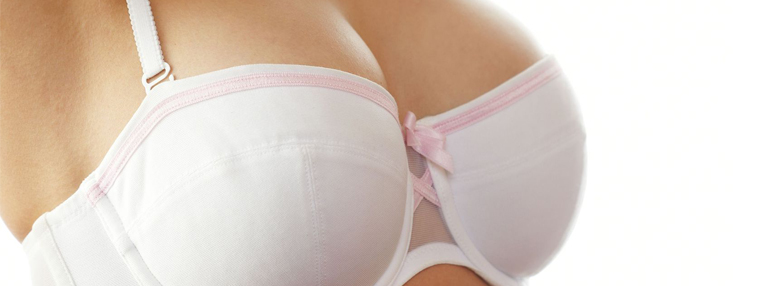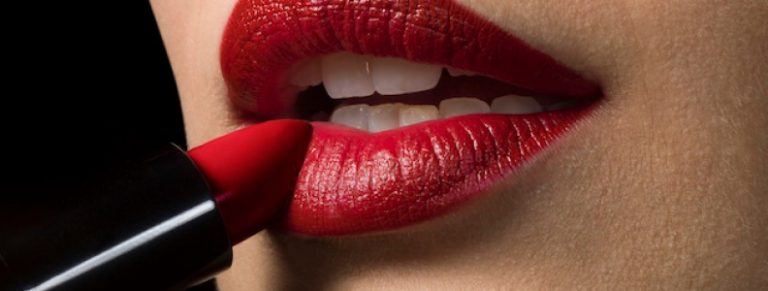Identifying and Correcting Tubular Breast Disorder
Puberty is a challenging time for adolescents as their bodies change dramatically within a few short years. But it’s also when some young women might notice that their breasts aren’t developing into the same shape as their peers.
Tubular breasts or tubular breast disorder (TBD) is a condition defined by abnormal and typically asymmetric (uneven) breast shape. A different amount of breast tissue or skin is what causes the uneven shape. This is a genetic condition, and it is treatable.
Symptoms of tubular breasts include:
- Conical (cone shaped) appearance, or long and narrow with the same shape from the base of the breast to the end
- Areola hypertrophy (the areola is larger than normal)
- A gap between the breasts—they sit far apart on the chest
- A drooping appearance, with the nipple pointed downward, close to the crease
If adolescence weren’t challenging enough, these symptoms can cause embarrassment, peer ridicule, and a negative self-image that lasts into adulthood. Young women often suffer depression and anxiety in addition to physical discomfort due to the fact that clothing and underwear are typically made for normally shaped breasts.
Young women commonly do not seek medical advice or intervention because they are too embarrassed and do not realize there is a solution. For some, the condition may become more pronounced later in life following pregnancy, breastfeeding, or weight changes.
If you are suffering from tubular breasts, know that there are safe procedures to create symmetry and a pleasing shape. You do not need to live with this condition forever.
What Causes Tubular Breasts?
Tubular breast disorder is a congenital condition in which the breasts don’t develop normally. You may have heard of this condition referred to by another name, including:
- Tuberous breasts
- Breast hypoplasia
- Snoopy breasts
- Insufficient glandular tissue (IGT)
- Herniated areolar complex
- Domed nipple
- Constricted breast
- Lower pole hypoplasia
- Narrow-based breast
The root cause of tubular breast disorder is not exactly clear. Doctors T.D. Rees and S.J. Aston first identified the condition in their 1976 paper entitled “The Tuberous Breast.”. Yet no specific genetic link has been established so far except for the possibility that patients might have inherited a collagen deposition disorder. Some doctors believe the condition starts in utero.
Women with tubular breasts are often concerned that there is something medically wrong with them, however the condition is not associated with a health risk beyond the psychological impact and general discomfort. Women may choose to seek corrective treatment to improve their quality of life.
Can I Breastfeed with Tubular Breasts?
Breastfeeding with tubular breast disorder can be a challenge, due to a lack of breast tissue. You might not be able to produce all the milk necessary, which will require supplementing your baby’s feeding with formula. Of course, plenty of women with normal breast development also struggle to produce sufficient breast milk, so do not feel alone! Surgical treatment doesn’t improve breastfeeding, but it shouldn’t harm your ability to breastfeed, either.
If you suspect you have tubular breasts and you wish to breastfeed, consult with a physician who is a member of the Academy of Breastfeeding Medicine and/or a board-certified lactation specialist. It’s critical that you can consult with someone who understands your unique physical challenges producing milk.
Tubular Breast Treatment
There are several surgical procedures to treat tubular breasts and restore or create symmetry and a pleasing shape. First, make sure that you have been properly assessed and diagnosed by a doctor that is familiar with the condition. Traditional cosmetic surgery for breast augmentation will not correct tubular breasts.
During your initial consultation with a doctor, you should discuss your concerns, options, family history, and goals. It’s important to develop a sense of trust, respect, and mutual understanding with your doctor. The result should be a personalized treatment plan in which you feel confident about the surgery and its desired outcome, such as breasts that look as normal as possible and that can remain so as you age.
Many women do not realize that correction can often be accomplished without the need for breast implants.
Corrective surgery for tubular breasts most commonly involves:
- Elevation of the skin through incisions that may resemble a breast lift
- Repositioning of the glandular tissue and skin re-draping to stabilize and improve the appearance of the breasts
If increased volume is desired, breast augmentation with implants or fat grafting (typically performed in a second surgery) may be considered.
The results of corrective surgery can be life-changing. Women often report an immediate sense of relief and well-being after the surgery. (Note that because this treatment is considered elective, health insurance companies in the U.S. rarely cover the procedure, regardless of its psychological benefits.)
If ultimately you decide not to undergo corrective treatment, make sure you seek the emotional support you need. If you are caring for an adolescent with tubular breasts, know that breast asymmetry can have negative psychological and emotional effects. Early intervention may have mental health benefits for young women with even relatively mild breast size differences.
What Are the Benefits of Tubular Breast Surgery?
Procedures to treat tubular breasts can achieve the following:
- Change the shape of the breasts from tight to round
- Lessen the projection of the nipple and areolar
- Center the nipple
- Improve symmetry and balance
- Improve volume contour if desired
- Boost your self-esteem by improving your look in clothing and eliminating embarrassment
Once tubular breasts are surgically treated to achieve symmetry, they will respond to lifestyle changes and pregnancy the way “normal” breast would.
We’re Here to Answer Your Questions
If you elect to have corrective surgery, it’s very important to select a board-certified plastic surgeon who specializes in tubular breast disorder. Do your homework and check their credentials to ensure they have experience performing this specific type of corrective surgery. Some surgeons claim the treatment amounts to little more than breast augmentation surgery—that isn’t accurate. Study before and after photos of their patients and read testimonials and reviews if available.
I am a reconstructive plastic surgeon and I’ve performed hundreds of tubular breast correction procedures with minimal scarring and wonderful, natural-looking results. If you, or someone in your care, is seeking a diagnosis and/or treatment of a breast development disorder, contact our office at 678-566-7200 to schedule a consultation at our Midtown Atlanta or Alpharetta office.





